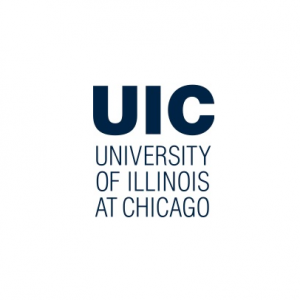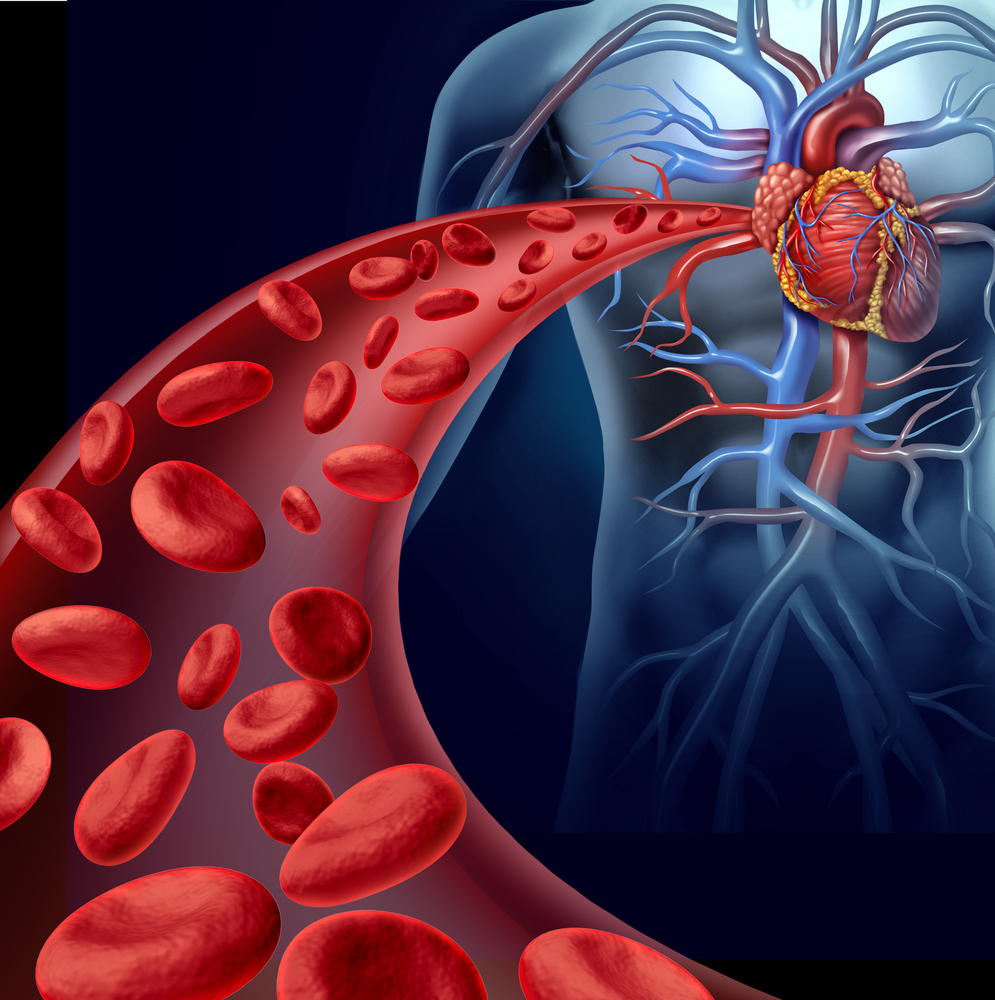 The University of Illinois at Chicago (UIC) led a clinical trial that identified patients at high risk of having a second stroke. During the 6-year, multi-center trial, researchers found that the risk of a recurrent stroke is higher for those patients who have low blood flow to the back of the brain, a condition that can be measured using a software developed at UIC to assess blood flow through MRI standard techniques.
The University of Illinois at Chicago (UIC) led a clinical trial that identified patients at high risk of having a second stroke. During the 6-year, multi-center trial, researchers found that the risk of a recurrent stroke is higher for those patients who have low blood flow to the back of the brain, a condition that can be measured using a software developed at UIC to assess blood flow through MRI standard techniques.
The principal investigator of the study, Sepideh Amin-Hanjani, has recently presented the outcomes of the Vertebrobasilar Flow Evaluation and Risk of Transient Ischemic Attack and Stroke (VERiTAS) trial (supported by the National Institutes of Health) at the International Stroke Conference in Nashville, Tennessee, on Feb. 12th.
Researchers found that patients with vertebrobasilar disease (VBD), a blockage of the blood vessels that assure the transport of blood to the back of the brain, have greater odds of suffering a stroke or temporary symptoms of transient ischemic attack (TIA). These posterior-circulation strokes account for about 200,000 annual cases in the United States.
The trial aimed to identify and compare patients with both VBD and low blood flow and assess whether they had a higher risks of recurrent stroke than those with normal blood flow.
“We found that patients with low blood flow had a 22 percent risk of recurrent stroke in the first 12 months, versus a 4 percent risk for patients whose blood flow was not low. The ultimate goal is to find what treatments might be most effective for each patient. If you can establish that there is a proportion of people who have reduced blood flow, then you can consider them for treatments that might actually increase,” explained Dr. Hanjani in a press release.
Researchers are also confident that a newly developed technology called NOVA, a computer-based system can be used to visualize the brain anatomy and to quantify blood flow developed by Fady Charbel at UIC, will ease the identification of high-risk patients and enable further research, resulting in novel and improved therapies to treat this condition.


